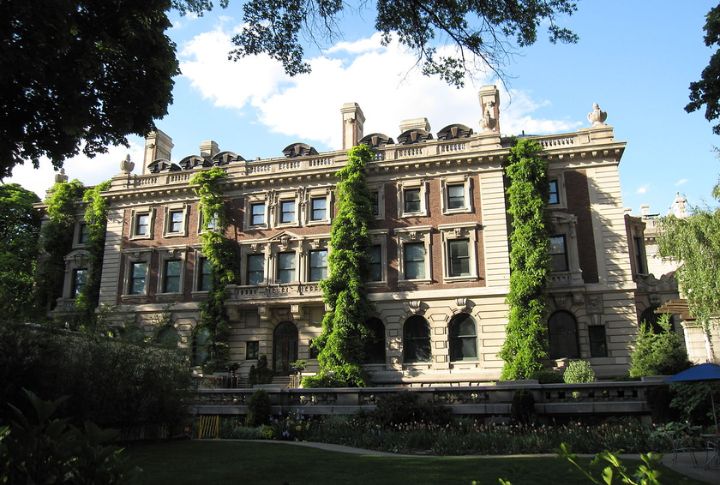
Opulence wasn’t just a luxury in old Manhattan but a statement. The city’s wealthiest tycoons built extravagant mansions that symbolize power and ambition. Some remain standing, others have vanished, but their stories endure. These residences were marks of influence and prestige. Let’s walk through the halls of the remarkable past of these estates.
Vanderbilt Triple Palace
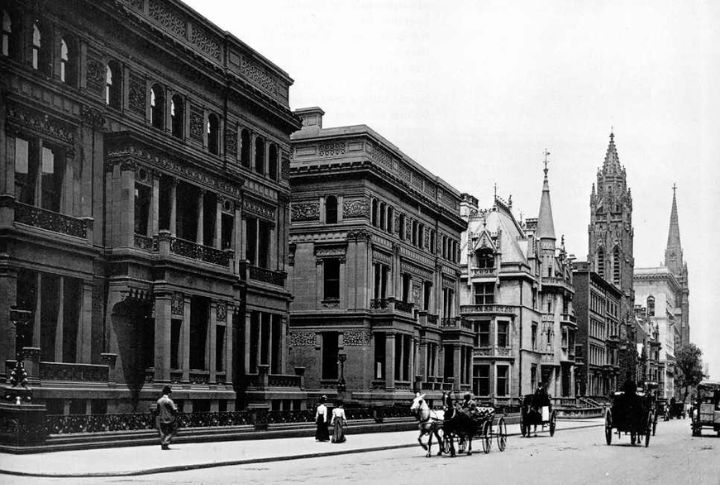
Built in 1882 by William Henry Vanderbilt, this estate occupied an entire city block. Designed by John B. Snook and Charles B. Atwood, it featured private parlors and even a personal railway office. Its demolition in 1947 marked the end of Fifth Avenue’s private estates and made way for commercial expansion.
Andrew Carnegie Mansion
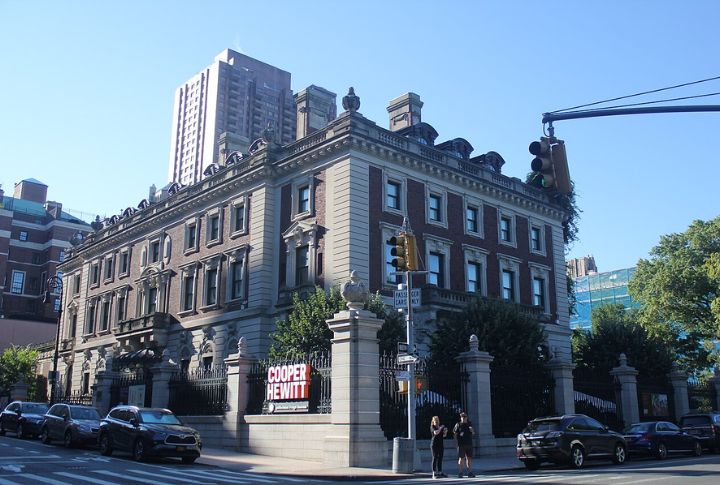
Carnegie approached wealth with a practical mindset. Finished in 1902, his mansion featured steel-frame construction and one of New York’s first Otis elevators. To make it an urban natural retreat, he had 60-foot-tall trees transplanted into the garden. Today, the building houses the Cooper Hewitt Smithsonian Design Museum, fulfilling Carnegie’s wish to make design accessible to the public.
Henry Clay Frick House
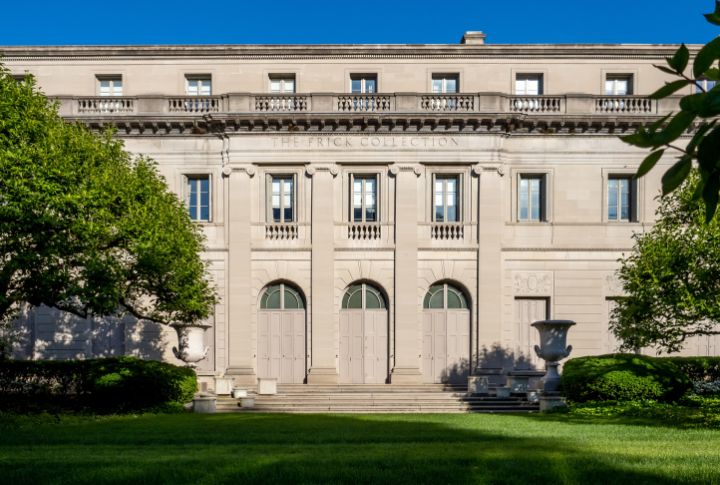
Frick’s residence was built with the future in mind. Beyond its grand facade, constructed in 1914, it housed an impressive collection of Renaissance paintings and sculptures. The original furnishings still remain, and visitors are allowed to experience the home much as Frick intended. Now, it operates as the Frick Collection, a leading art museum.
J.P. Morgan House
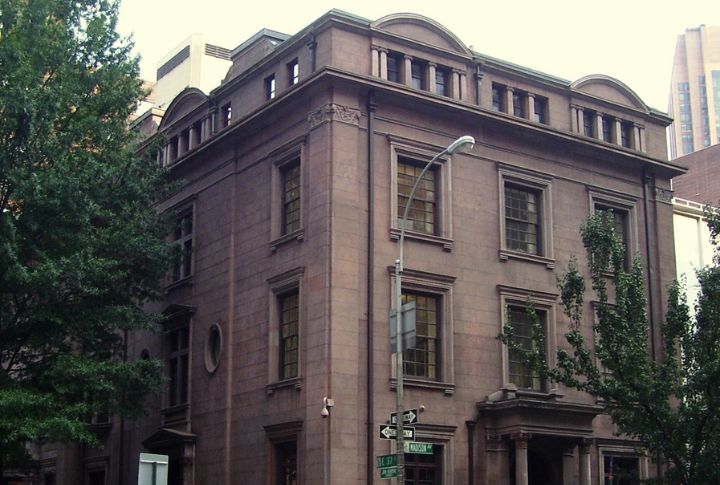
Built in the 1880s, Morgan’s brownstone prioritized security and permanence. Inside, it contained a literary archive that included a Gutenberg Bible. As his collection grew, the house evolved into the Morgan Library & Museum, preserving rare books and historical texts that are still accessible to both scholars and the public today.
Astor Mansion At 840 Fifth Avenue
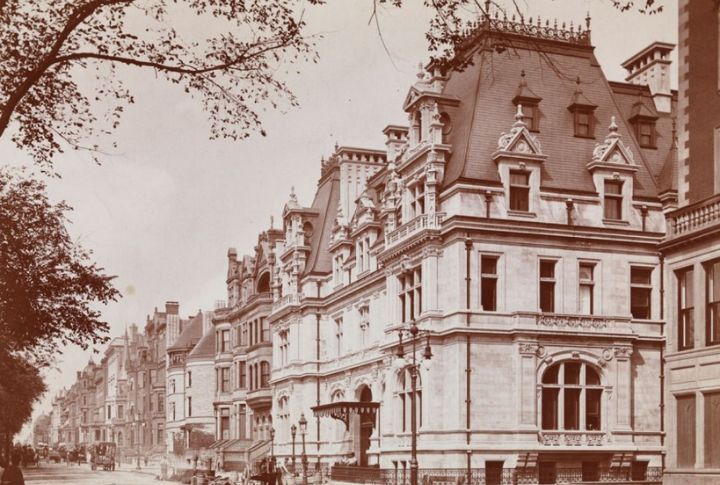
Astor’s mansion was a gathering place for New York’s elite. Designed in the French Renaissance style by Richard Morris Hunt, with interiors crafted by Jules Allard, it was nothing short of spectacular. The grand ballroom featured satin-paneled walls and crystal chandeliers. Though demolished in 1926, its legacy lived on through the Astor family’s continued influence in real estate.
John D. Rockefeller Sr. Townhouse
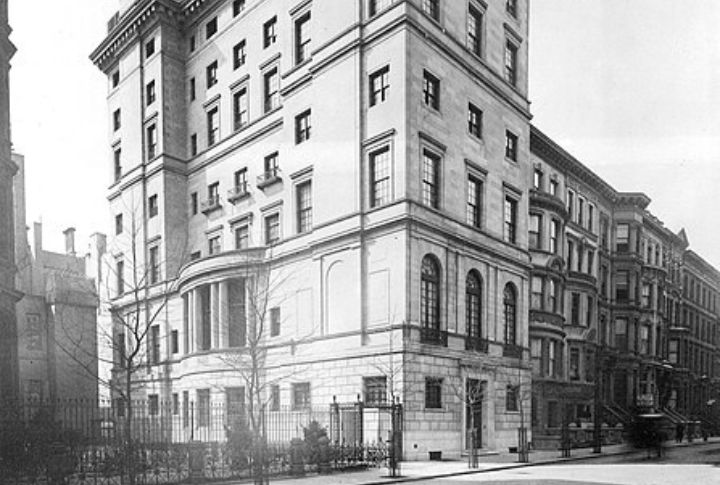
Rockefeller valued quiet wealth, and his 1884 townhouse reflected that sense of restraint. Modest yet finely crafted, it featured elegant woodwork and timeless design. Unlike many of his peers, who frequently moved between lavish estates, Rockefeller kept his home in the family for decades and stayed true to his philosophy of financial prudence.
Otto H. Kahn Mansion
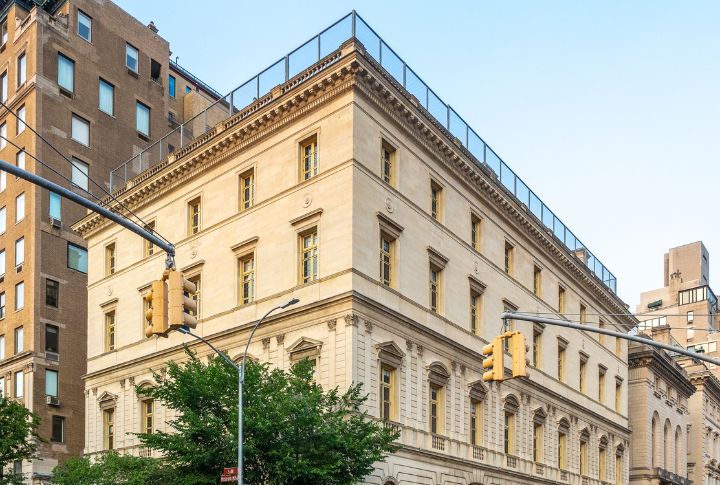
Inspired by Italian Renaissance estates, Khan’s mansion featured towering archways and expansive gardens. Built in 1918, it was so grand that it was often mistaken for a public institution. The residence was later transformed into the Convent of the Sacred Heart, preserving its architectural glory for future generations.
James B. Duke House
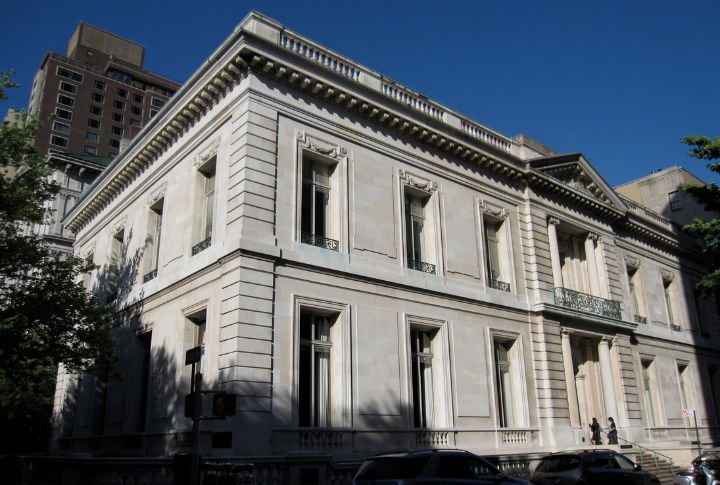
Duke’s 1912 residence was an attempt at resembling European elegance, incorporating imported marble and hand-carved woodwork. Now part of NYU’s Institute of Fine Arts, it remains a cultural and educational site in Manhattan. Unlike many grand homes of its era, it has preserved much of its original decor.
Felix M. Warburg House
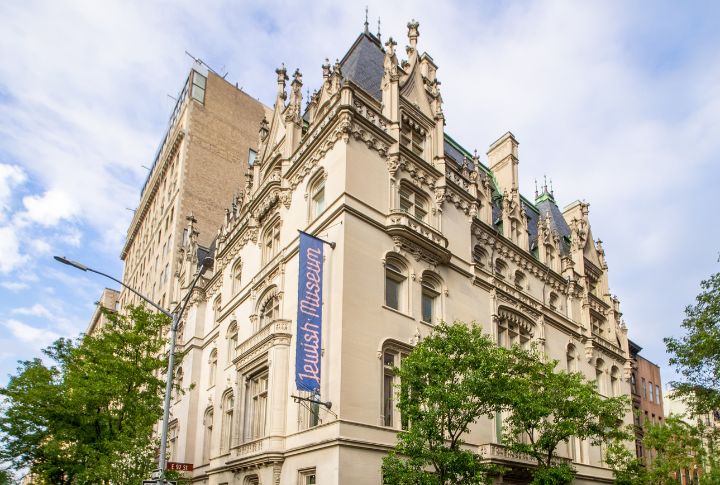
With its pointed turrets and Gothic Revival design, Warburg’s 1908 estate was built to resemble a medieval castle, standing in stark contrast to Manhattan’s quickly modernizing skyline. Now converted into a Jewish museum, the mansion continues to honor both its architectural beauty and cultural heritage.
973 Fifth Avenue Mansion
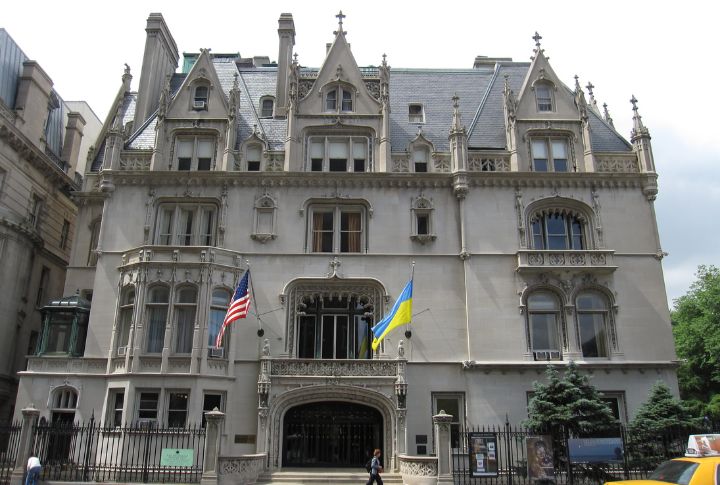
Unlike many demolished estates, this residence stands as a rare piece of Manhattan’s past, offering a glance into an opulent lifestyle and craftsmanship. It is one of the few surviving Gilded Age mansions designed by Stanford White in the early 1900s and retains its original oak-paneled rooms with a sweeping staircase.
